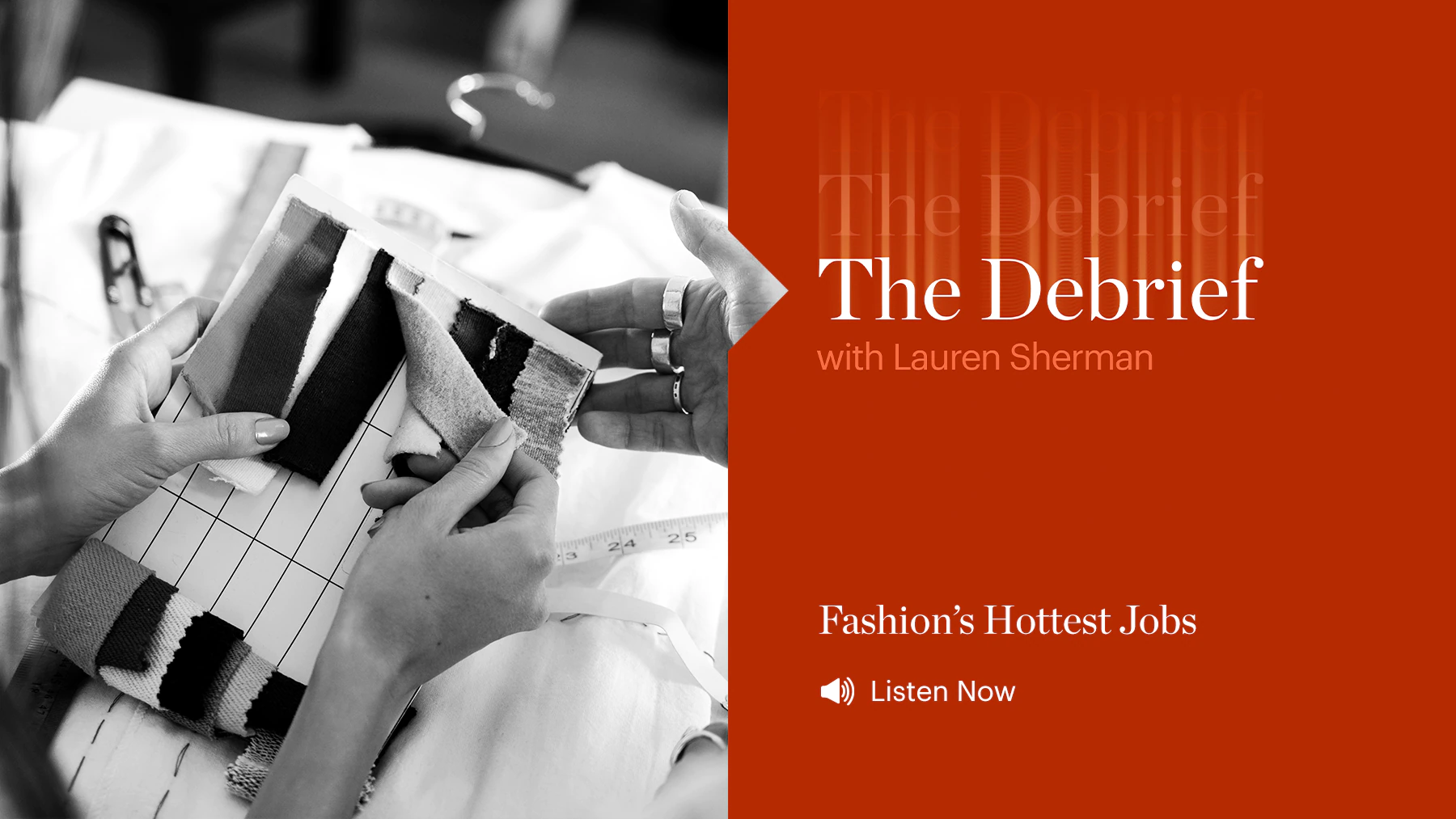
Follow The Debrief wherever you listen to podcasts.
Background:
As companies confront a potential recession, they’re making changes to the way they hire, and who they hire. During the pandemic, the number of fashion jobs requiring expertise in web3 or the metaverse rose exponentially. But now, brands are once again focused on hiring for jobs in traditional areas like human resources, supply chain and finance that can help meet new consumer demands.
“The pandemic has fundamentally changed the way people work,” said BoF workplace and talent correspondent Sheena Butler-Young.
Key Insights:
- Brands are having to scale up how they address environmental social and governance issues as regulations and laws emerge around climate impact and fair labour practices. That’s driven the need for lawyers and people attuned to environmental studies.
- Examples of legislation and regulation brands are thinking about include the US’s Uighur Forced Labour Prevention Act, which made it illegal to bring in goods from China’s Xinjiang region and the UK’s Competitions and Market Authority’s probe into sustainability claims made by fast fashion brands.
- Supply chain has gone from a back-office function to be more closely connected to consumer experiences.
- DEI departments are evolving: most human resources employees say diversity roles should not sit in HR, but rather, in the C-suite, next to chief executives. Added to that, chief diversity officers are starting to get better budgets and hire managers and directors.
Additional Resources:
- Fashion’s In-Demand Jobs: Recruiters say interest in the metaverse is cooling, while brands look for candidates with the real-world expertise to navigate uncertain times.
- How to Know When Layoffs Are Coming — And What to Do About It: Fashion workers worried about their jobs amid an economic downturn should watch for warning signs and look for ways to transition their role if the worst happens.
- What Makes a Great Fashion Office: More and more companies want to see their staff in person again. Creating a work environment that fosters collaboration, offers flexibility and thoughtful perks could convince employees to leave the home office behind.



